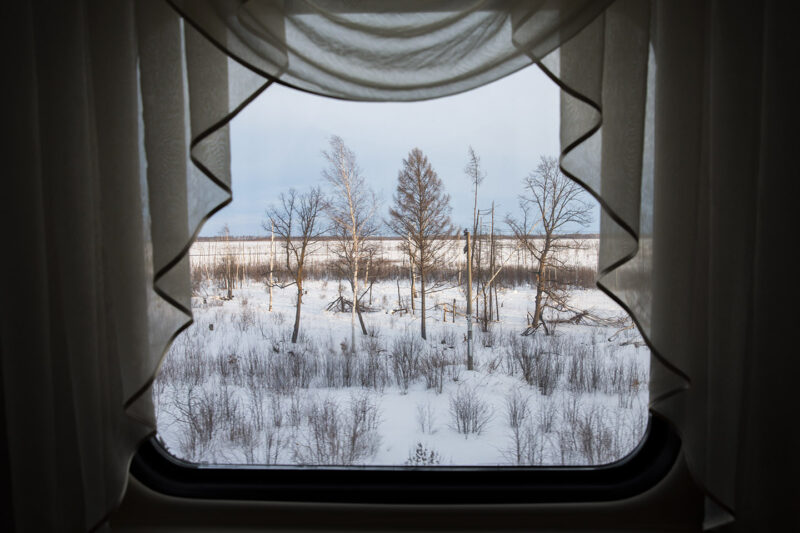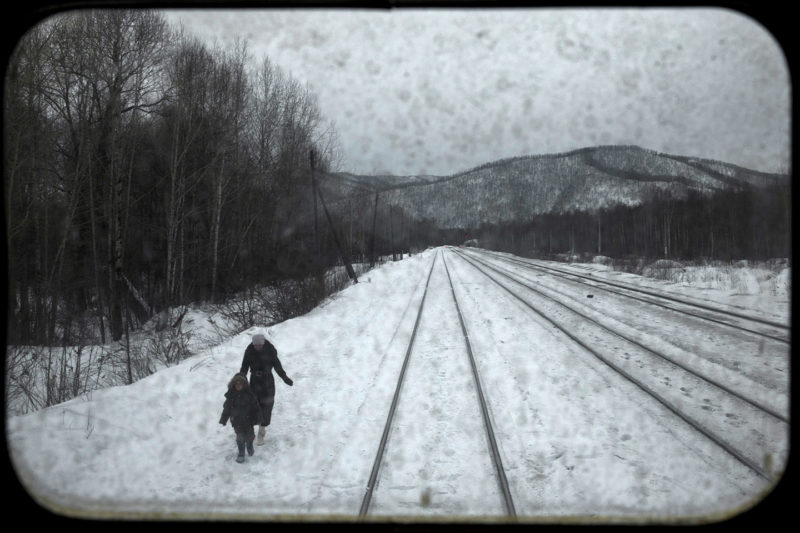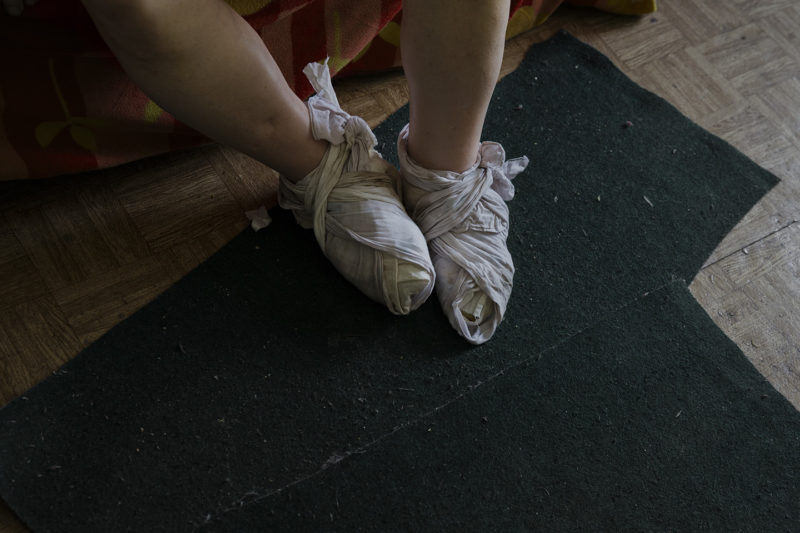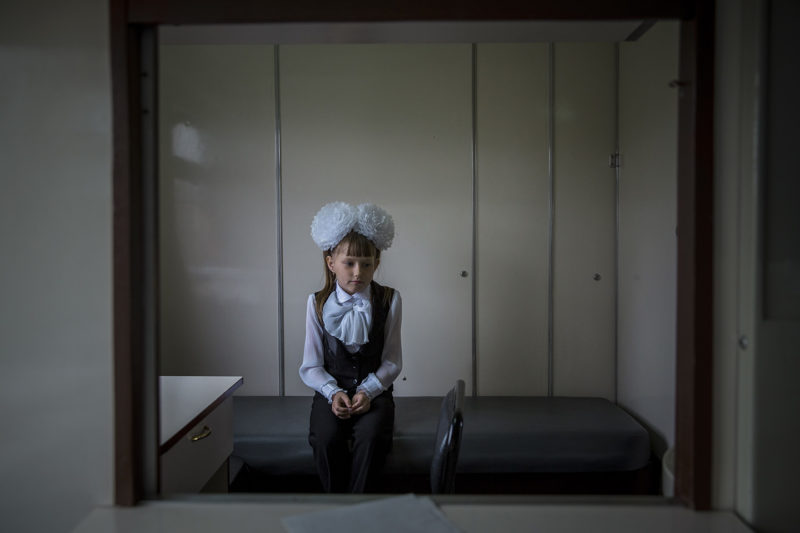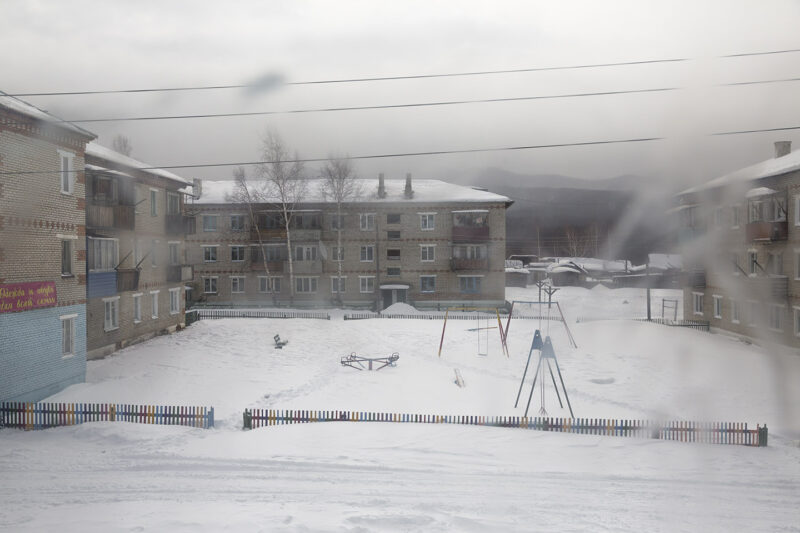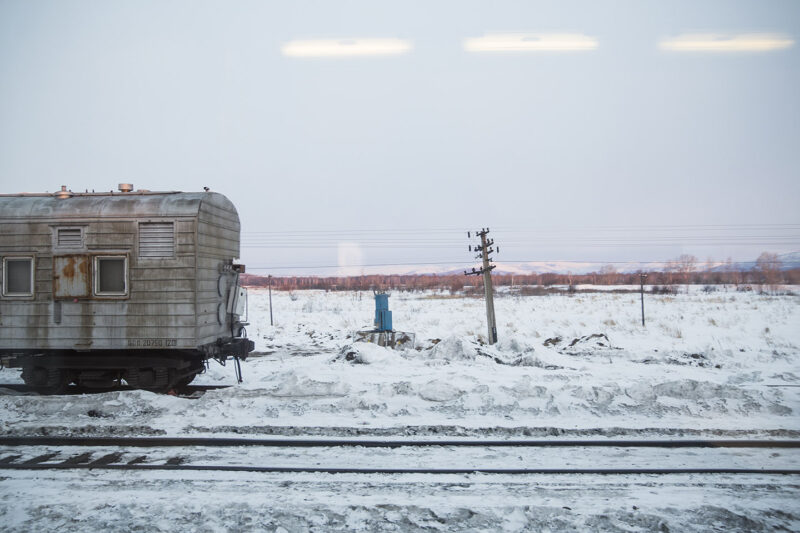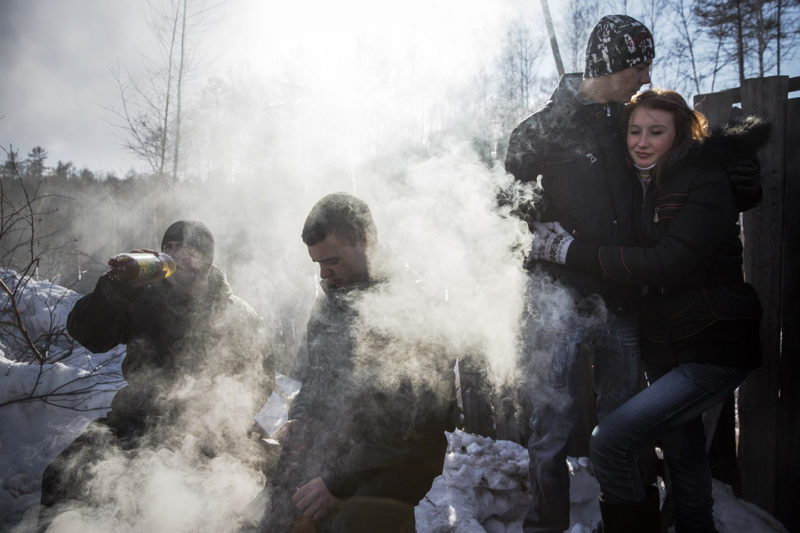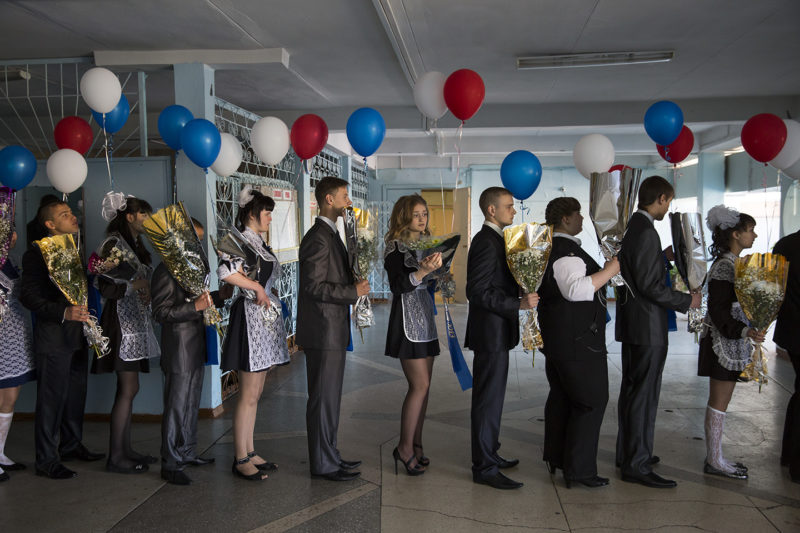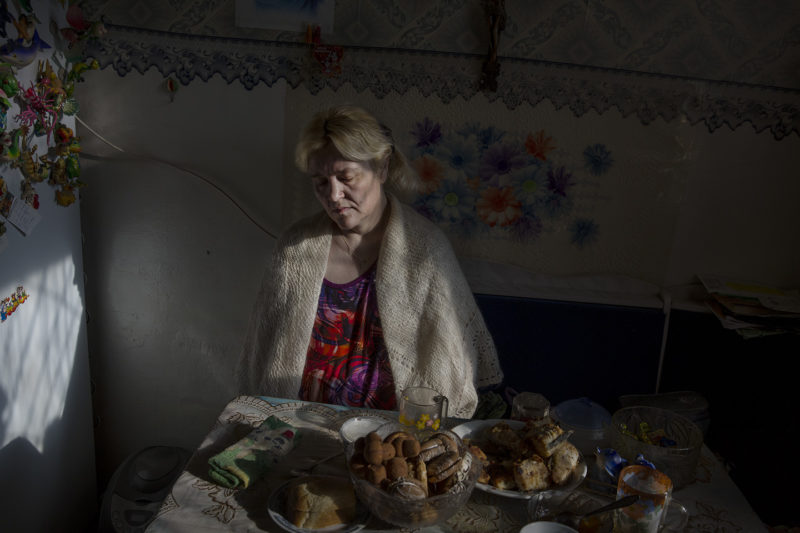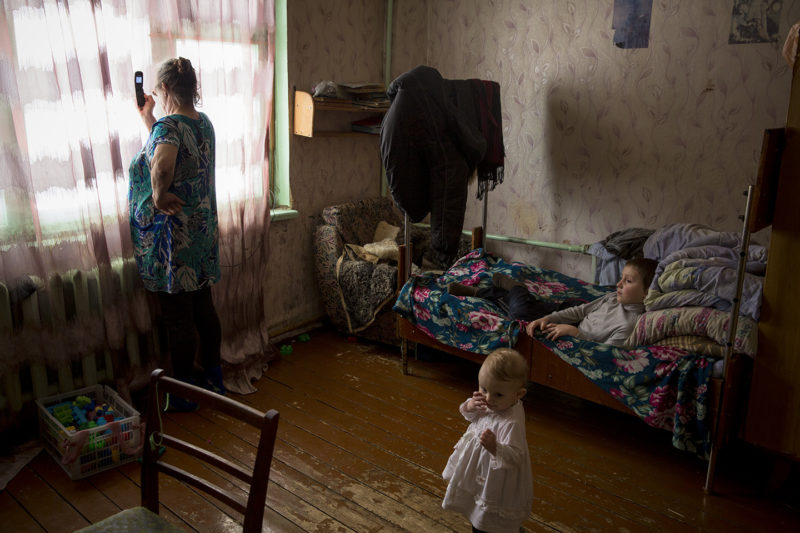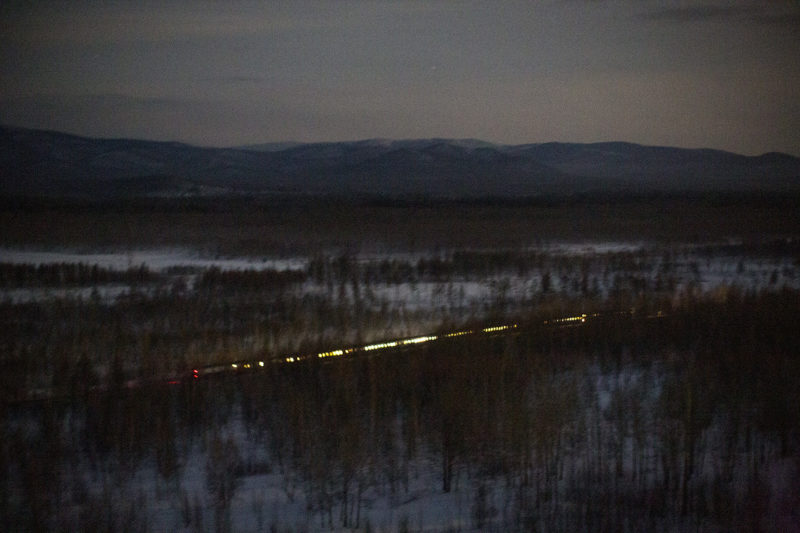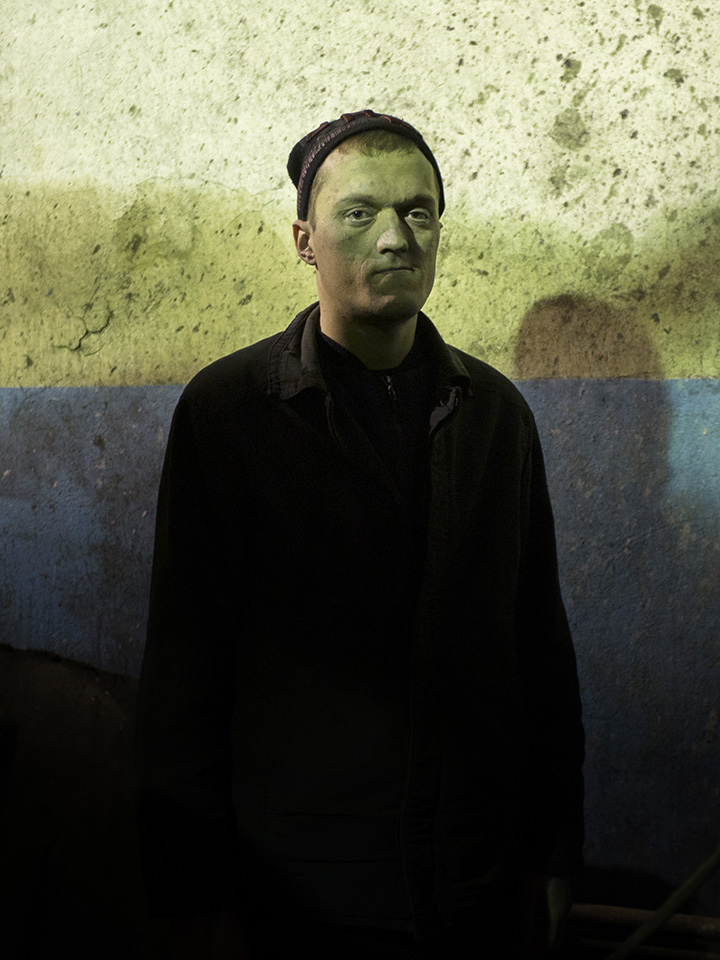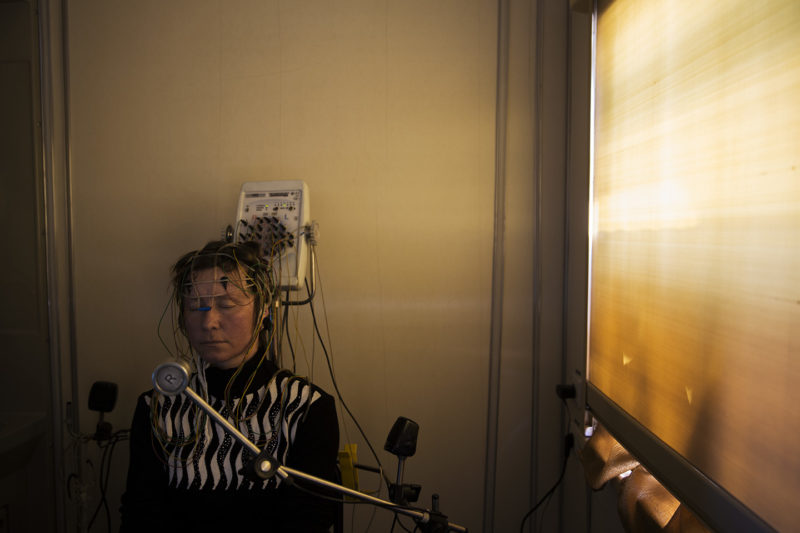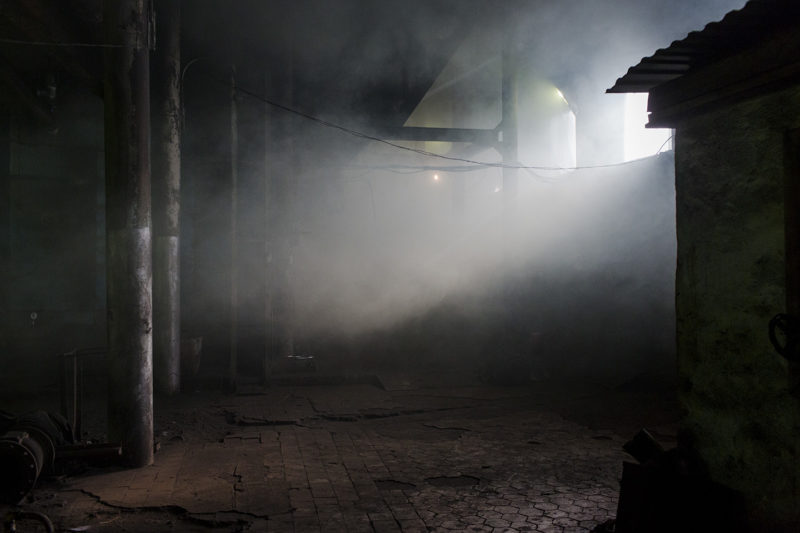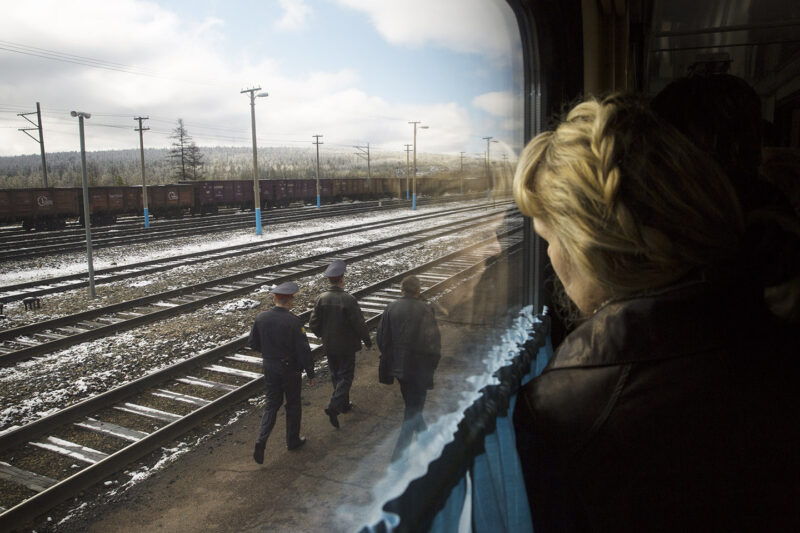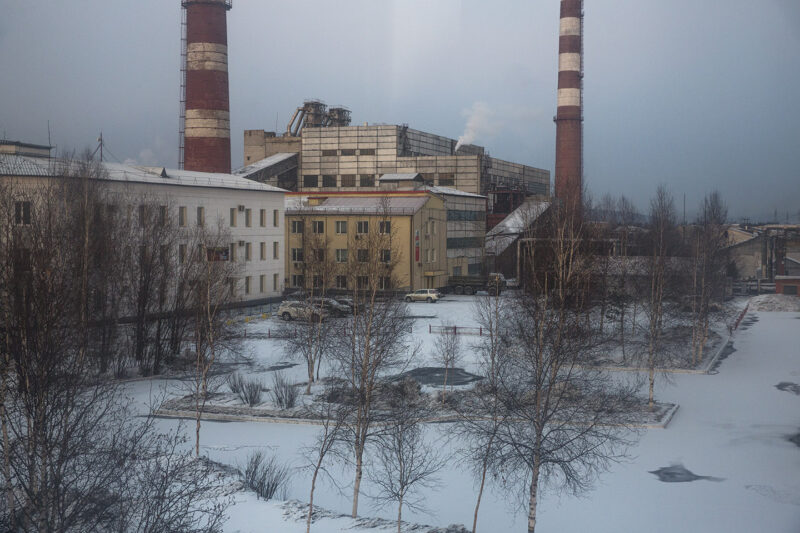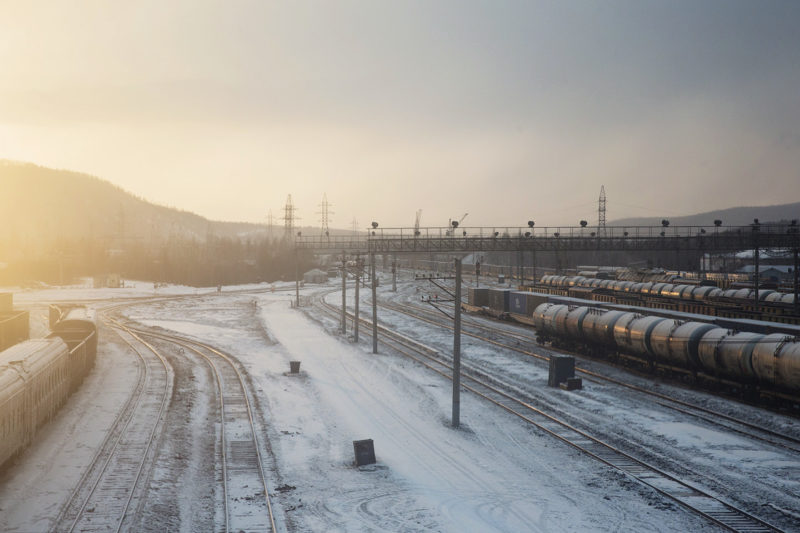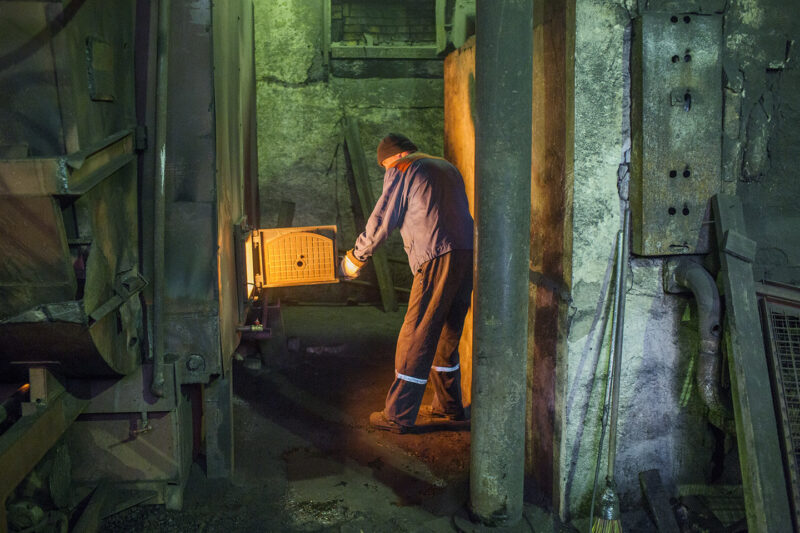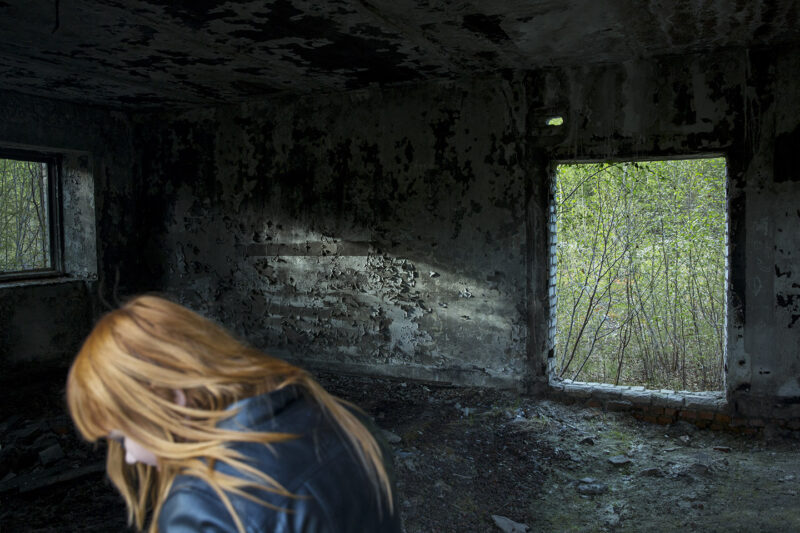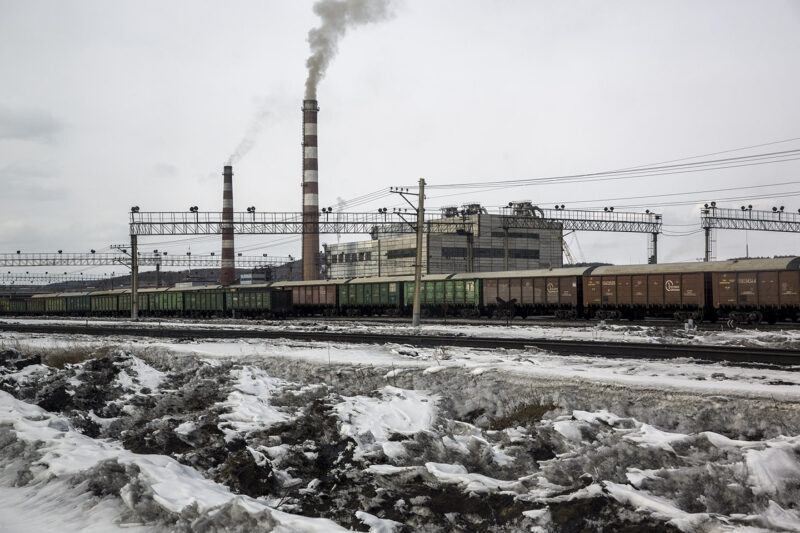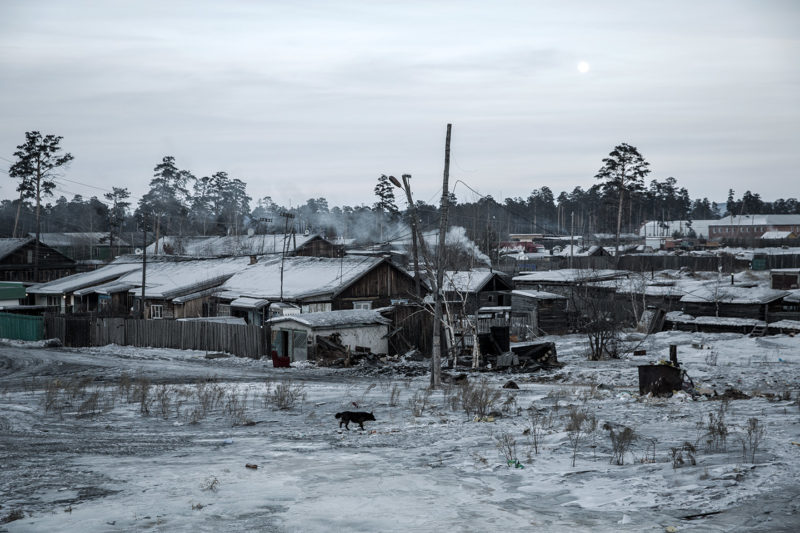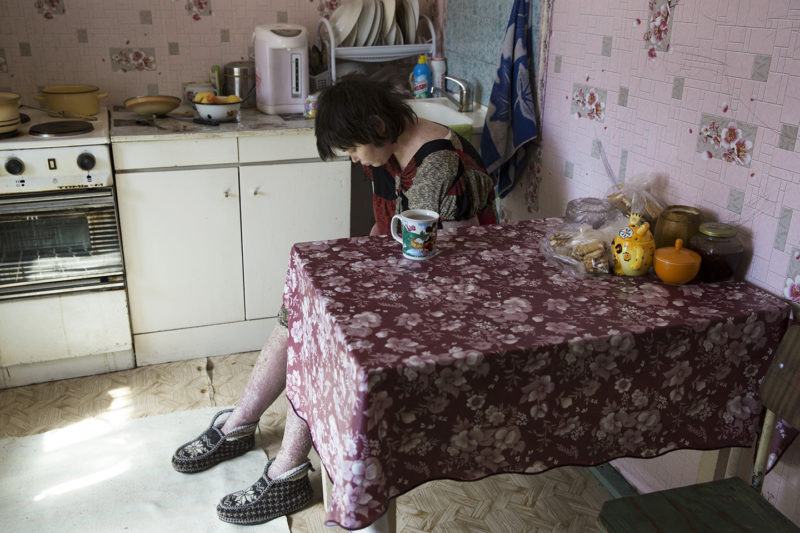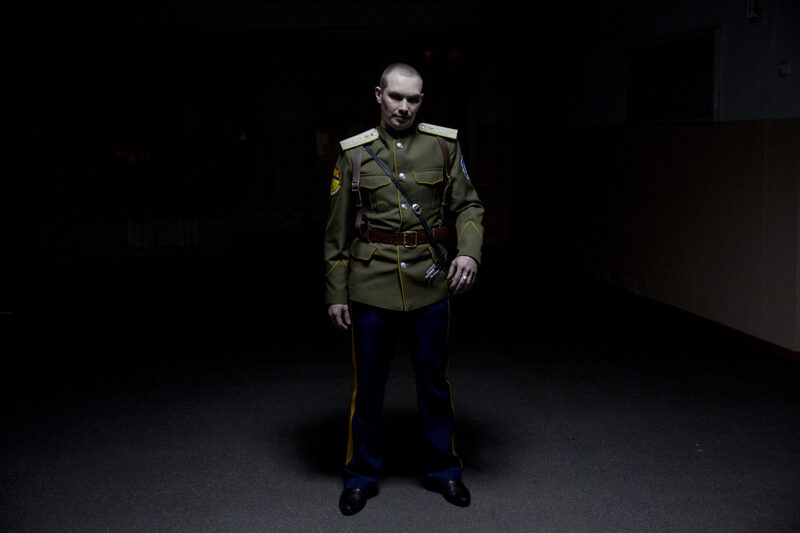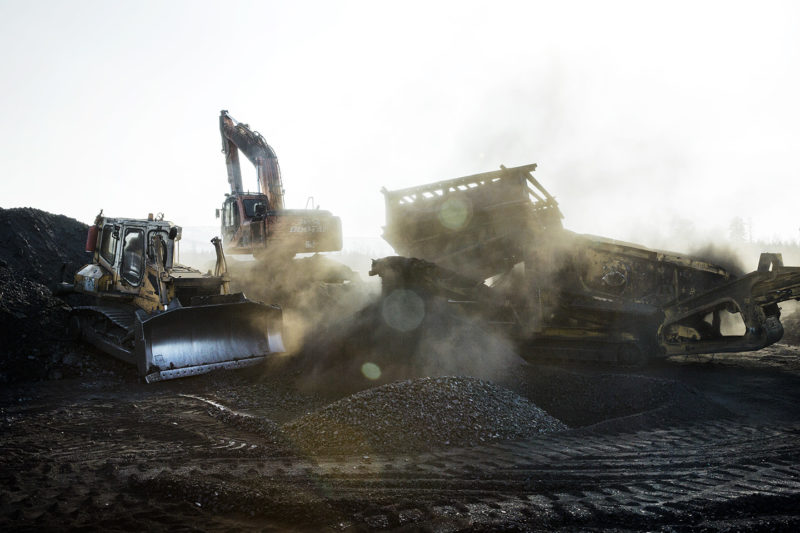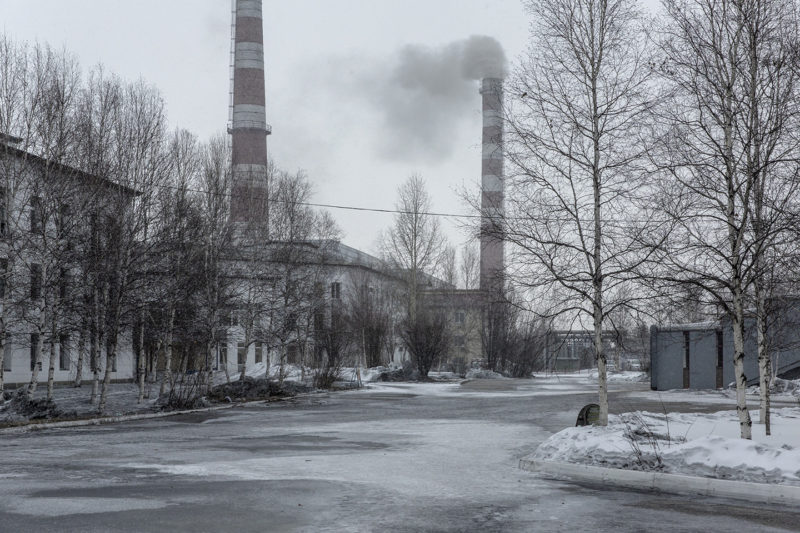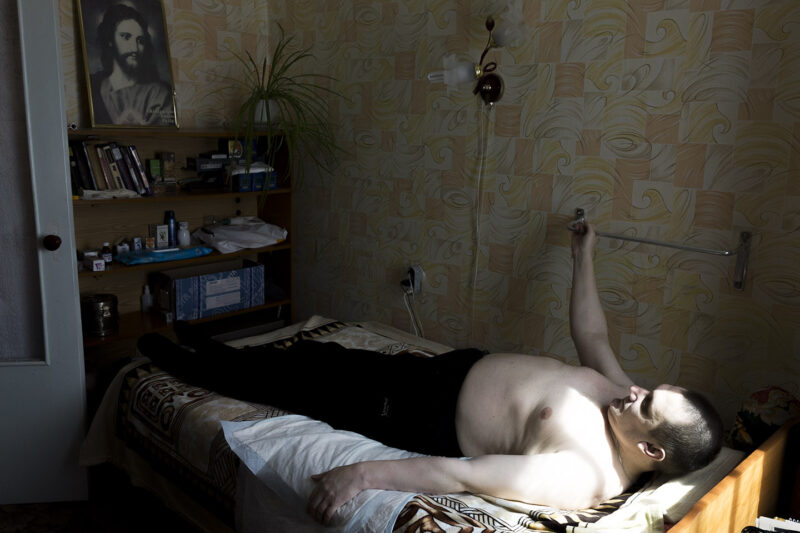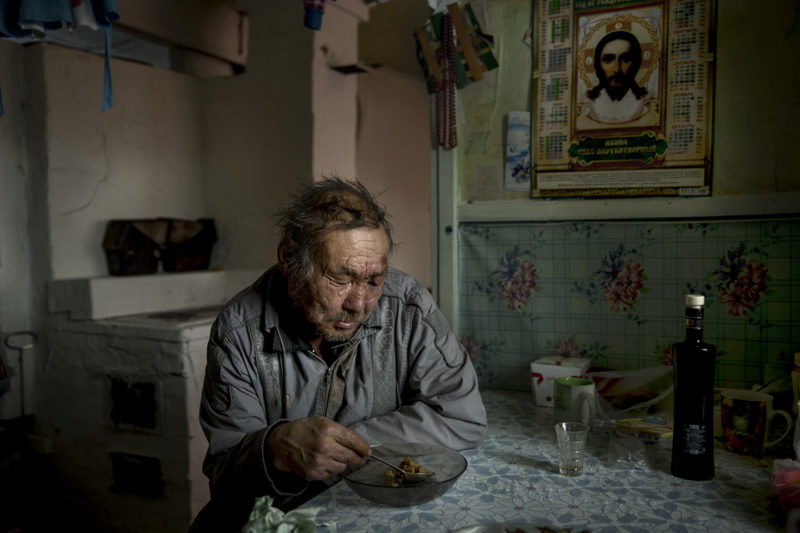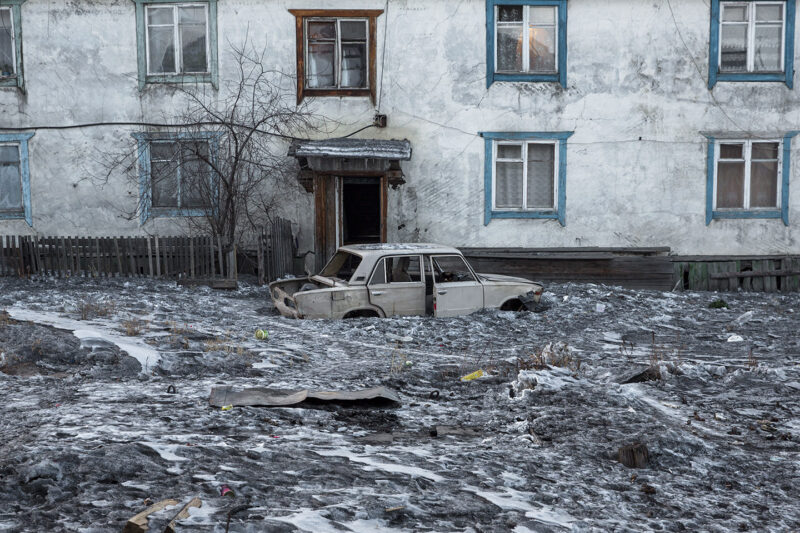Baikal Amour
Scroll down for pictures.
It was grand and extravagant, utterly outlandish, and the most expensive infrastructure project of the Soviet era. The BAM, the Baikal-Amur Mainline, is the railway crossing Eastern Russia, running for over 4000 kilometers. Along the way, small villages lie scattered across the endless taiga, and the odd four-story building stands in the middle of nowhere. The roads are mostly dirt tracks and broken pipes poke out of the ground. Beyond the villages, tumbledown huts with no running water or electricity dot the landscape. The BAM was meant to conquer the Far East but was ultimately a costly folly. During the 70s and 80s, workers came from across the USSR to build the dream in the middle of the taiga. They were given decent wages and, after three years, a car - a luxury in Soviet times. Yet by the mid 1980s, the project ran into trouble and the collapse of the Soviet Union in 1991 spelt a temporary end for the line. Some stations that had developed along the line during construction were simply abandoned. A number of industrial and mining projects were cancelled, leaving many who had moved to the Far East for work suddenly unemployed. Due to the lack of usable roads in the region, many communities came to rely entirely on the BAM for basic supplies and services. Today, those few who have stayed behind struggle with high unemployment and the absence of opportunities for young people. Basic services like police, hospitals and post offices can be hundreds of miles away, only accessible by rail. Health care is a particular problem for an ageing population in the towns and villages along the line.

